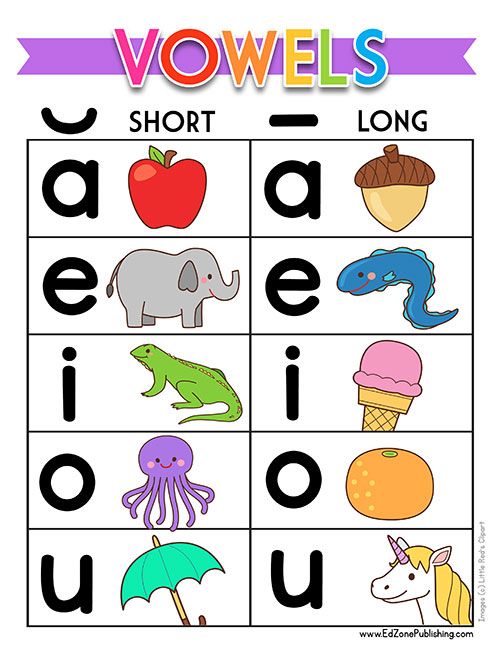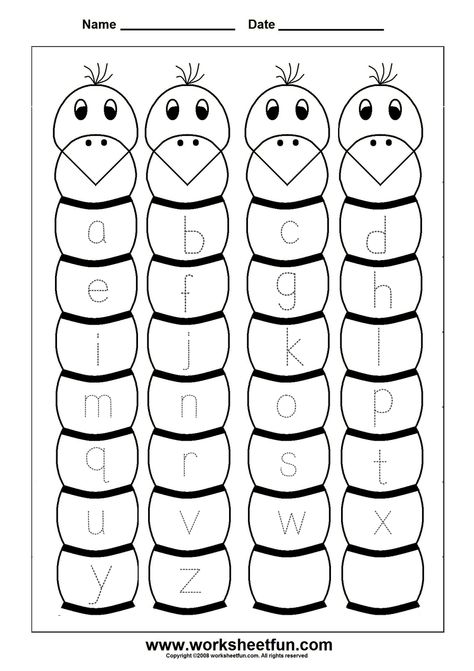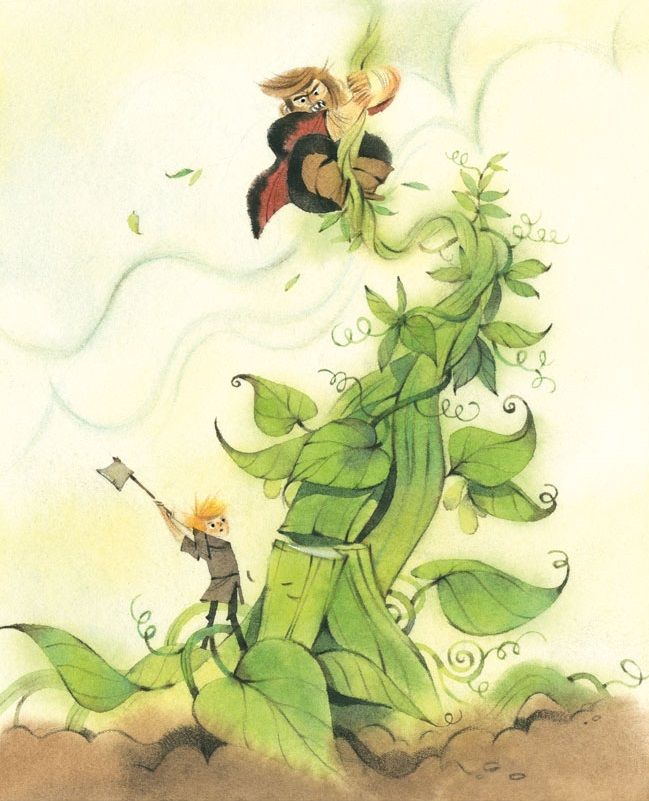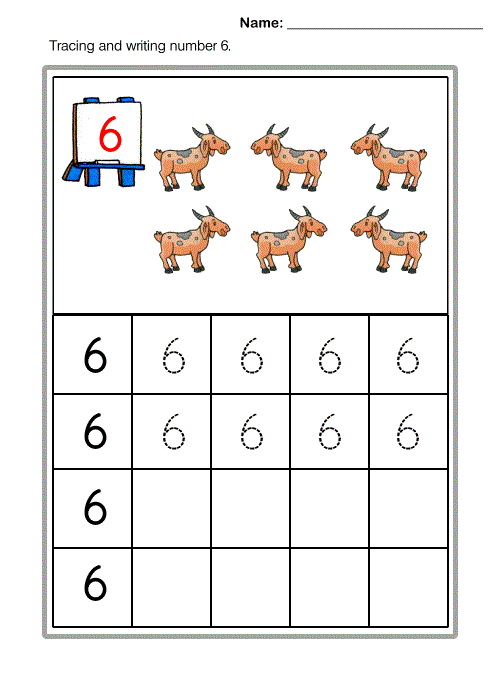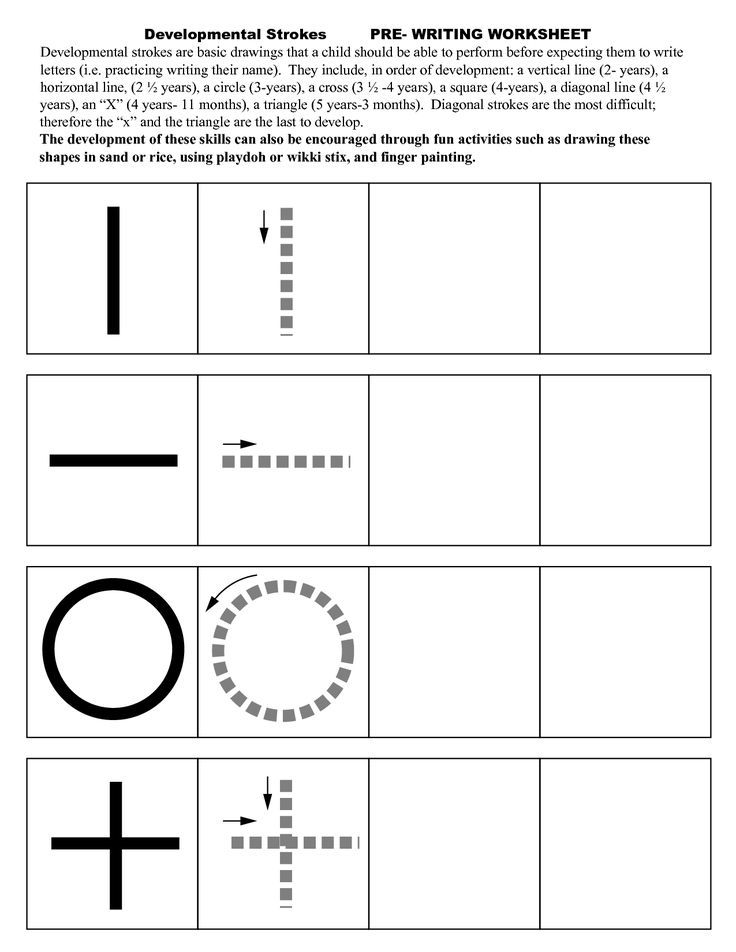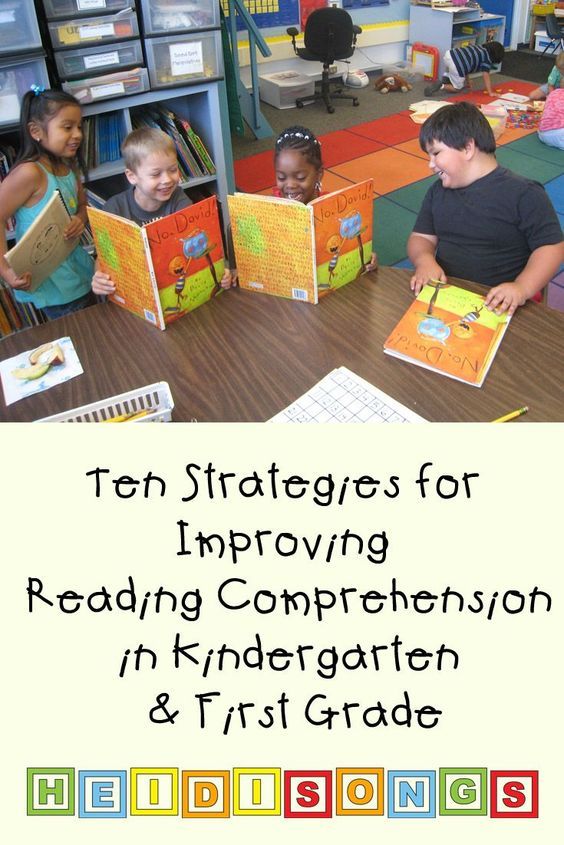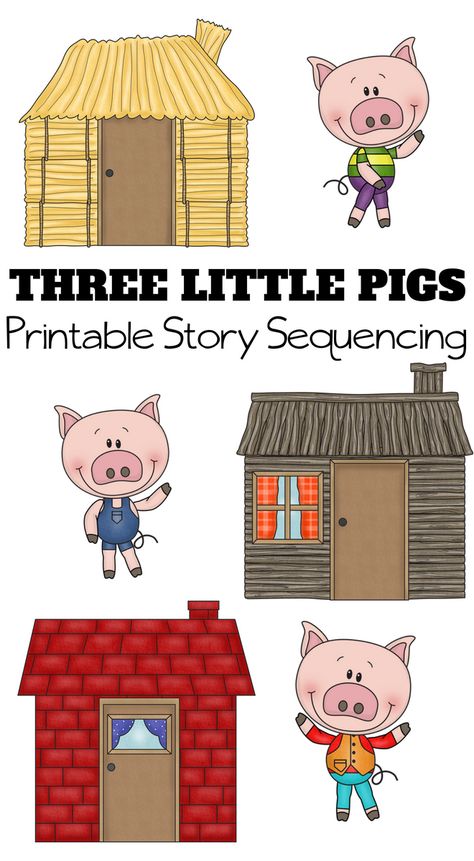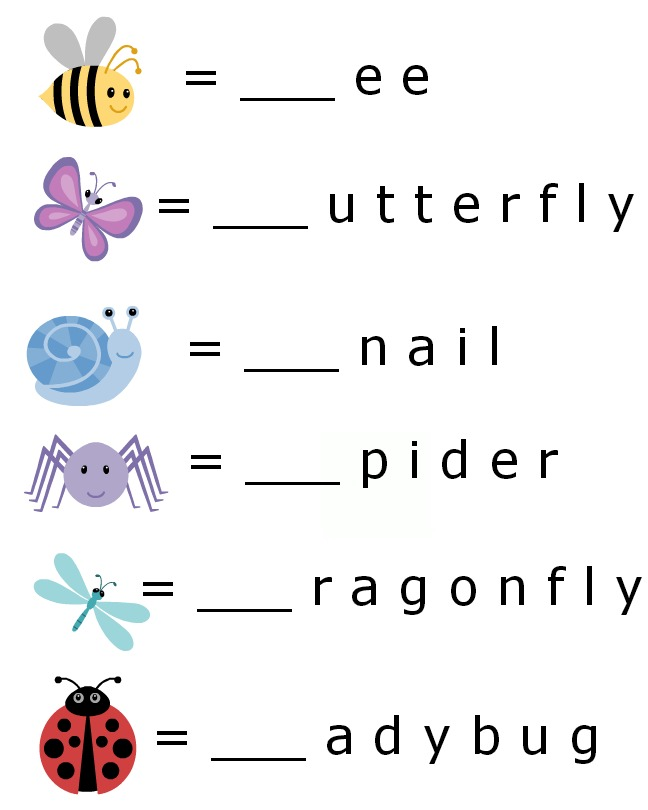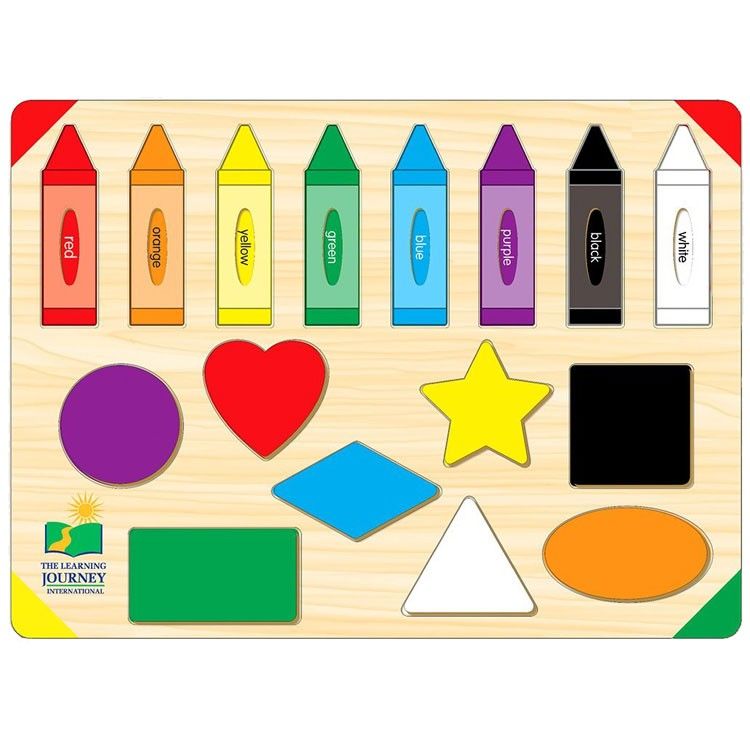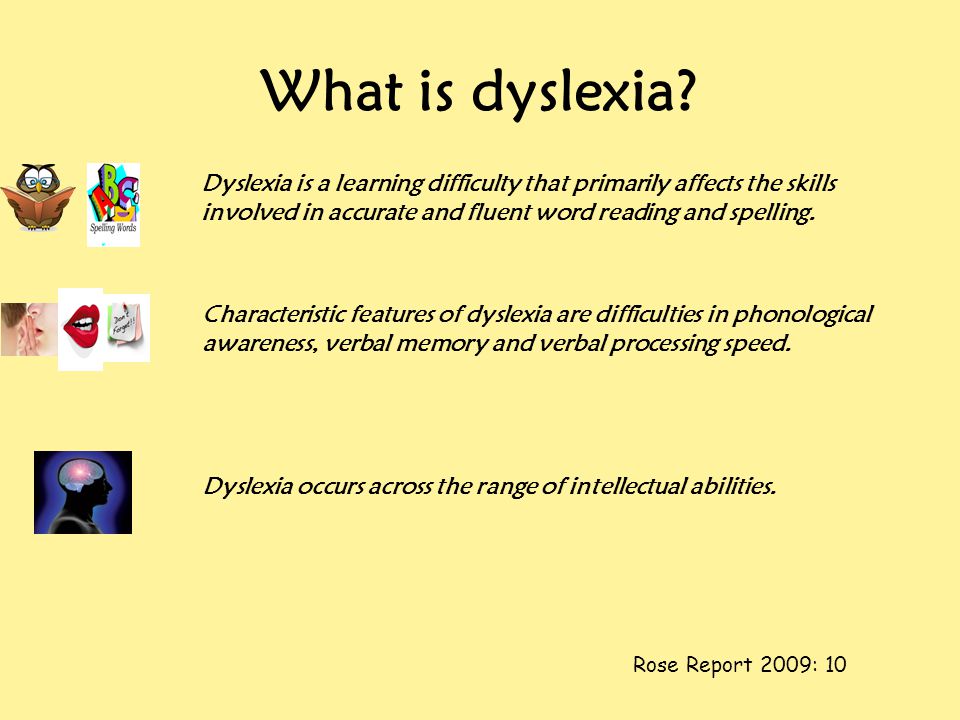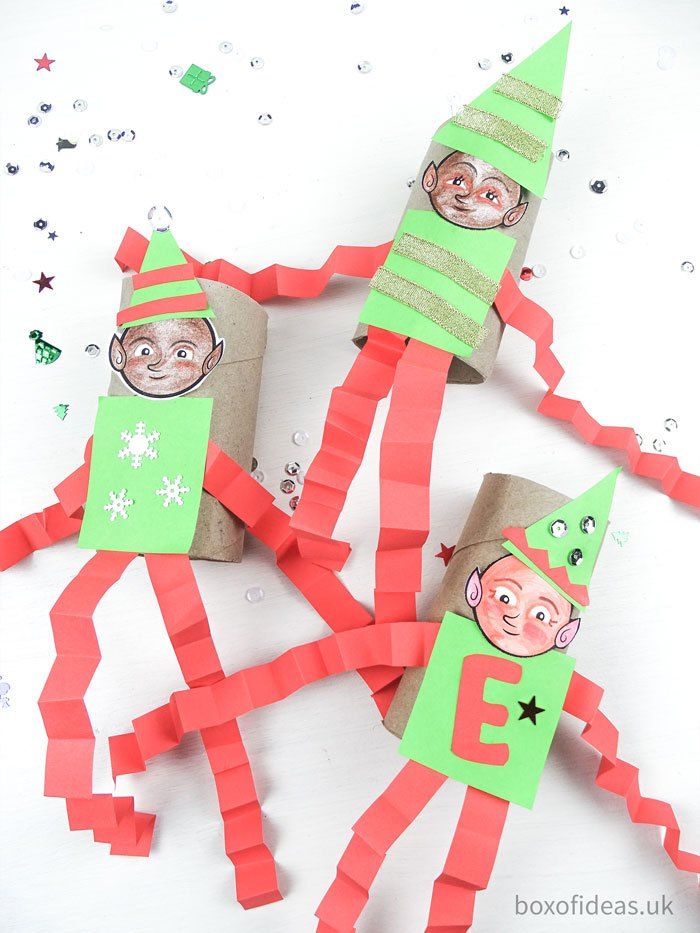Vowels for kindergarten
How to Teach Vowels to Kids? An Easy Approach Step by Step Guide
When’s The Right Time to Start Teaching Vowels?
If your kid is in kindergarten, it’s a perfect time to get started with vowels. Let us take you to step by step towards teaching vowels to the kindergarten kids.
Starting With Phonic Sounds
The key is to start teaching vowels when your kid knows all the alphabets from A to Z. The two important key elements which are pre-requisite are:
Recognition of Letters
The kid should be able to read and write the alphabet. I suggest you get hands-on both the capital letters and small letter writing.
You can download alphabet tracing and writing worksheets to get it done.
I am sharing few links from where you can download the free pdf worksheets for kids.
Download Free PDF Alphabets Tracing Worksheets from A -Z, a-z, Aa – Zz for beginners
Download Free PDF Alphabets Tracing Worksheets from Aa – Zz in lines
Recognition of Sounds
After the recognition of letters, the child should be able to identify the sound of each letter. It is very important since the teaching methodology has been changed and all it comes down to the phonic sounds.
The identification and correct use of phonic sounds help the child to learn and pick up things quickly.
Once you’re done with both the steps (letters and their sounds recognition), you’re all set to start with vowels.
What Are Vowels?
As per the definition, ‘vowel’ is a speech sound that we can say while keeping the vocal tract open.
For the sake of teaching kindergarten kids, you can say that there are five vowels in the English alphabet: a, e, i, o, u.
Short Vowel Sounds
a, e, i, o, u are known as short vowel sounds. The other long vowel sounds you may find in the vowel digraphs.
It’s better to get started with the short vowel sounds first. To get them to memorize vowels, you can use vowel coloring and activity worksheets. In this way, the kids can learn while having fun!
Download Free PDF Vowel Coloring and Activity Worksheets
You may sit with the child and help them in solving the worksheets.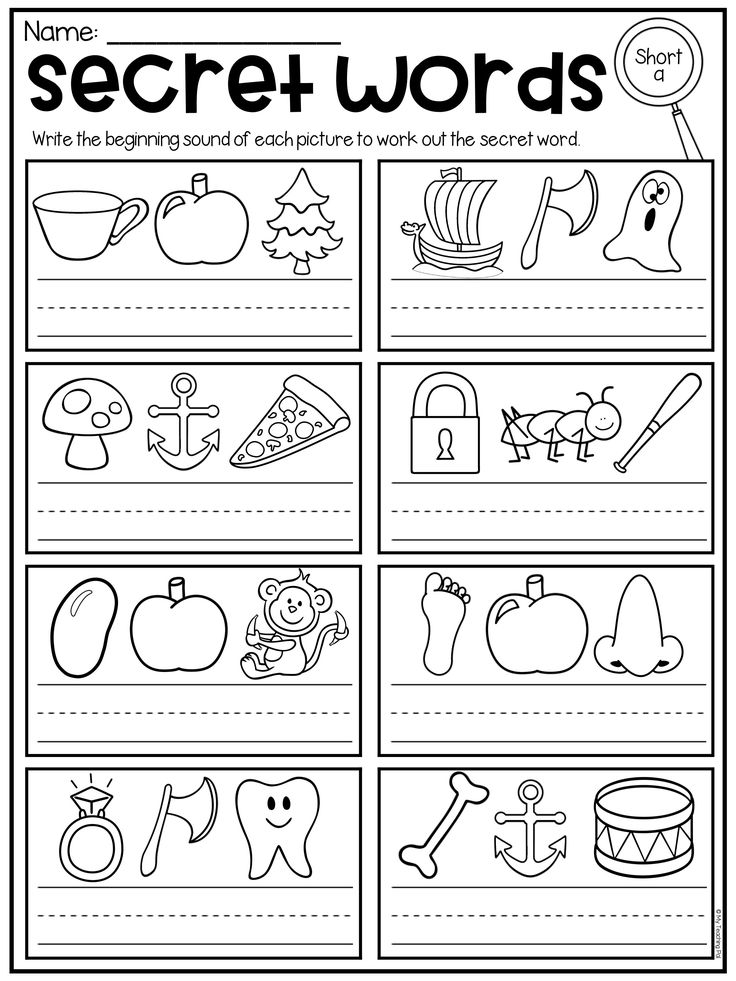 Make it a fun activity, like “Can you help me in finding letter a? I can’t find it.”
Make it a fun activity, like “Can you help me in finding letter a? I can’t find it.”
Make it a fun time learning activity rather than just solving it ‘for the sake of getting it(worksheet) done.’
How to get started with Vowel Words?
The next step is to get started with vowel words. In this regard, CVC Words comes to the rescue.
CVC means Consonant- Vowel- Consonant
Before jumping on to the CVC words, keep two things in mind:
- Vowels – a, e, i, o, u
- Consonants – all the letters in the English alphabet except vowels are known as consonants
When you clear this concept to the child, they will be able to recognize vowels and consonants more clearly. This will eventually help in reading and learning CVC words (which are often termed as 3 letter words).
CVC Words – Three Letter Words (3 Letter Words)
CVC words are designed to teach the most basic words to the kids which they can pronounce easily.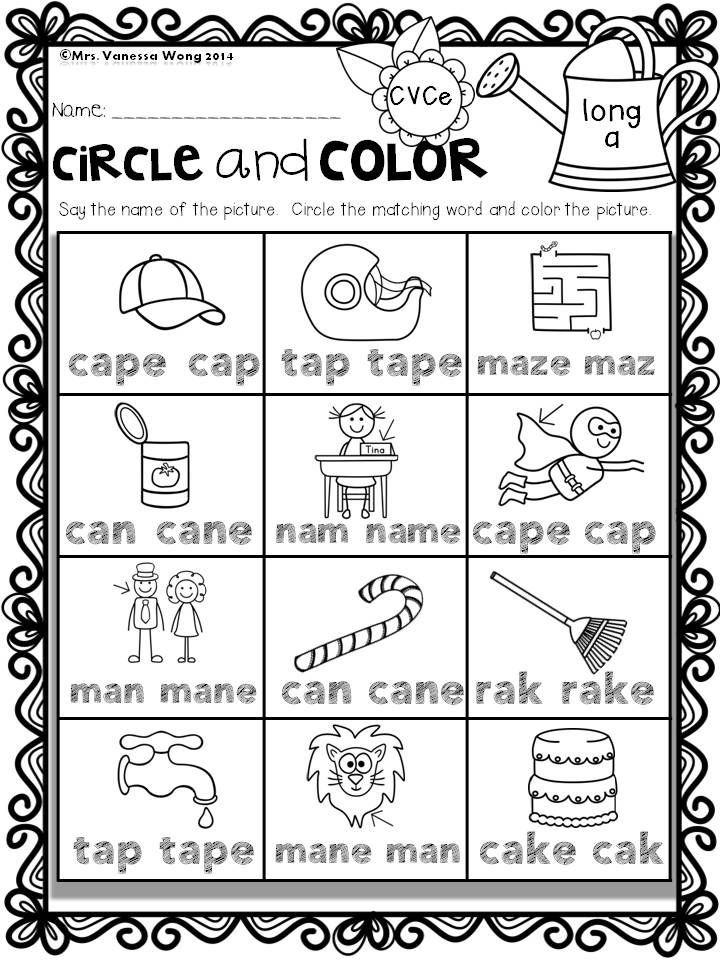 They are mostly the most commonly used words which are easy to read and write. In which a vowel letter is encompassed by two consonants.
They are mostly the most commonly used words which are easy to read and write. In which a vowel letter is encompassed by two consonants.
Few examples of CVC words are:
| cat | hat | bat | man | pan |
| pen | den | hen | web | net |
| pin | bin | tin | tip | hit |
| top | hop | log | top | mop |
| bun | run | sun | cup | tub |
How To Read CVC Words
Blending by Sound
CVC words can be read by blending the sound of each letter in a word.
For example, the words ‘cat’ can be read by taking the sound of ‘c’ and blending it with the next letter sound ‘a’ ending with the ‘t’ sound.
One of the best ways to teach phonic sounds and words pronunciation is through activity worksheets and kids’ learning videos. I shall be giving references to free vowel activity worksheets and videos later in this blog.
I will suggest you to start with the worksheets with graphics, wince children tend to pay more attention to pictorial representations rather than just a plain text.
Practice Worksheets
Take a print of the worksheet, and sit with your child. Help in reading and writing. Encourage the child so that they can do better.
You can find a variety of CVC practice worksheets in the link given below (thank me later
):
Download Free PDF CVC Words / Three Letter Worksheets
Videos
Another way is to watch CVC words video with the kids.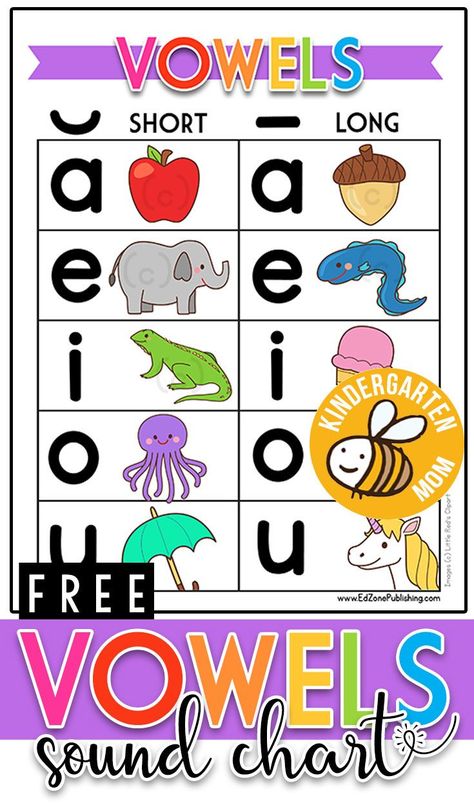 Rather than just playing video and let the child sit alone and watch, it better is to sit down with them and read along so that the child can develop an interest.
Rather than just playing video and let the child sit alone and watch, it better is to sit down with them and read along so that the child can develop an interest.
5 Fun Short Vowel Activities That Only Take 5 Minutes
Do your students confuse their short vowel sounds? Maybe they substitute e for a? Or i for e? Or just need more practice in general?!
The short vowel sounds can be so tricky, especially for students who have certain accents. In the southern United States, where I live, sometimes the e and i sound exactly the same!!
Accent or no accent, I find that my students need lots of practice differentiating between the short vowel sounds. They need practice when they’re first learning the sounds, of course, but ALSO later on. Once they learn long vowel sounds, things can get confusing, and we need to come back and review the short vowel sounds too!
In this post, I’ll share 5 short vowel activities that are fun, low prep, and only take a few minutes to implement.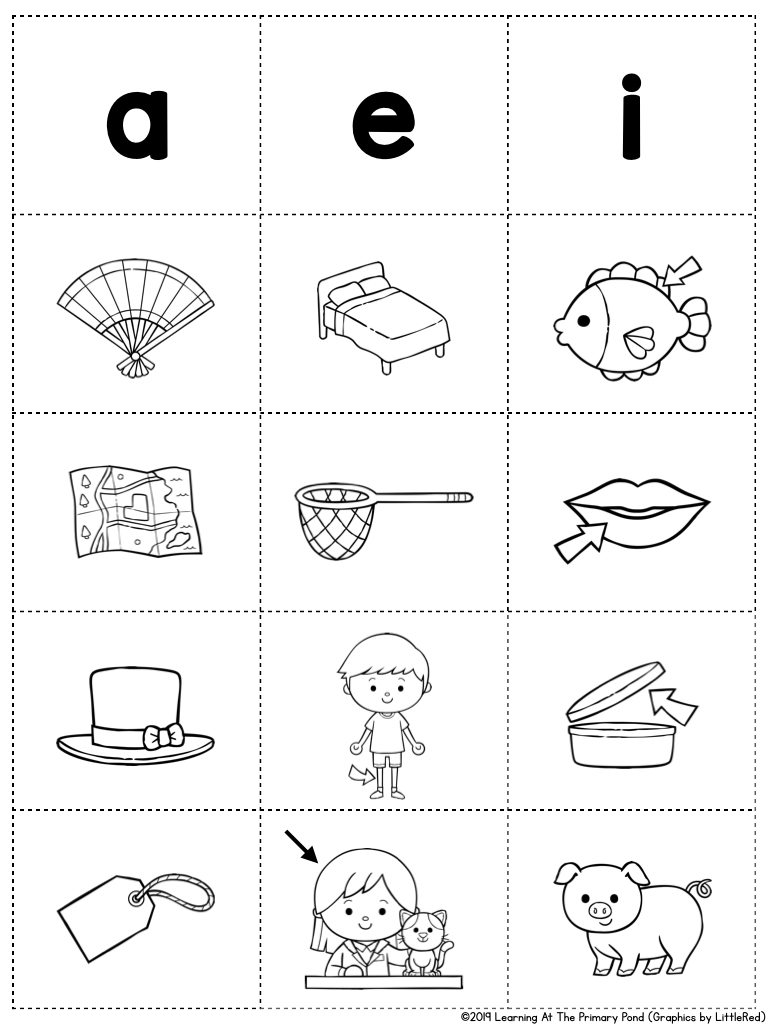 Plus I’ve got 4 freebies for you! 🙂 Make sure to read all the way through the post so you don’t miss any of these freebies.
Plus I’ve got 4 freebies for you! 🙂 Make sure to read all the way through the post so you don’t miss any of these freebies.
In this activity, you say a word with a short vowel sound aloud. Students have to listen, repeat the word, identify the correct short vowel, and hold up the corresponding puppet.
In addition to holding up the puppet, students should identify the vowel. You can have them say the sound. Or, even better, have them say the letter name and sound: “A says /a/.”
Here’s an example:
You say the word “fish.”
Students say: “Fish.” Students hold up the “i” puppet. Students say: “I says /i/.”
It takes a little time to make the puppets, but once they’re done, you can use them over and over and over again!
You can download the templates HERE!
Activity #2: Sand Writing
Having kids trace a vowel in sand while saying the sound is an easy, engaging multisensory activity!
Just put sand on a paper plate, in an aluminum pie tin, or on a small tray.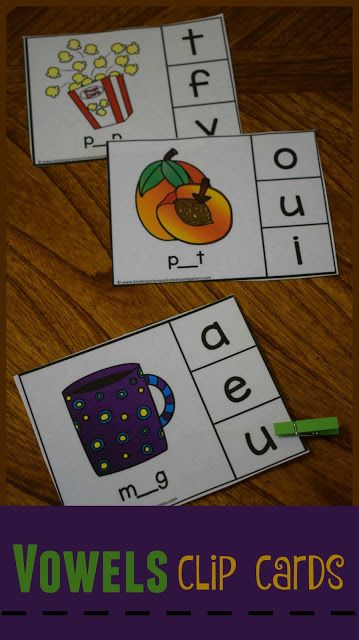 I like to use colored sand, like this (that’s an Amazon affiliate link), but regular sand works just fine too.
I like to use colored sand, like this (that’s an Amazon affiliate link), but regular sand works just fine too.
There are a few different things you can do with sand:
Option 1: Say a short vowel sound (i.e. /u/). Students repeat the sound. Students then write the correct letter in sand. While they are writing the letter, they say the letter name and sound (“U” says /u/).
Option 2: Use the same procedures for activity #1, where you say a short vowel word and students identify and write the vowel sound they hear. You’ll still want students to say the letter name and sound while they trace.
If you’re out of sand or want to change things up…try the free Sand Draw app!
Although it’s not quite the same as real sand, kids still get the sensory experience of tracing with their finger while saying the sound aloud.
Activity #3: Picture Sorts
This activity is simple but helpful for students who are having trouble differentiating between the vowel sounds.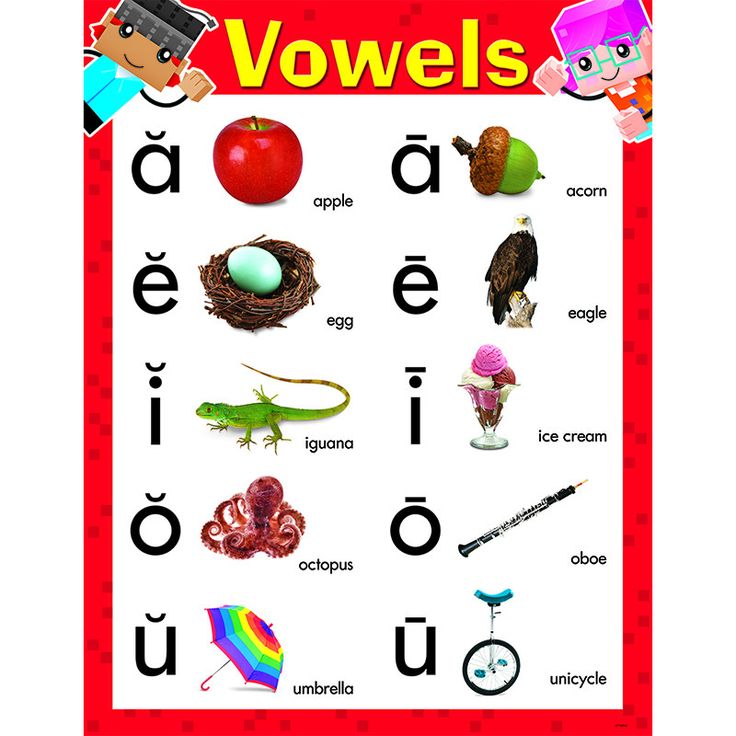
Give students a set of picture cards for 2-3 sounds total (i.e., some pictures for a, i, and u). Have them name each picture out loud. Then, have them sort the pictures. When they’re finished, they can “read down” the column of pictures, again naming each picture. Once a student finishes reading down the column, he/she identifies the vowel sound that those pictures all contain.
If you need pictures for sorting, you can grab some HERE!
Activity #4: Vowel Fluency Strips
Even when students know the short vowel sounds, they may not always read them correctly in words!
To help them apply that knowledge, they need lots of practice. In-context practice is important (reading real texts), but isolated practice can be helpful too.
These (free) fluency strips are a great way for students to practice paying close attention to the vowel sound in a word!
If it helps, students can highlight all the vowels before they read across the strip.
Or, you can laminate the strips and have them use dry erase markers.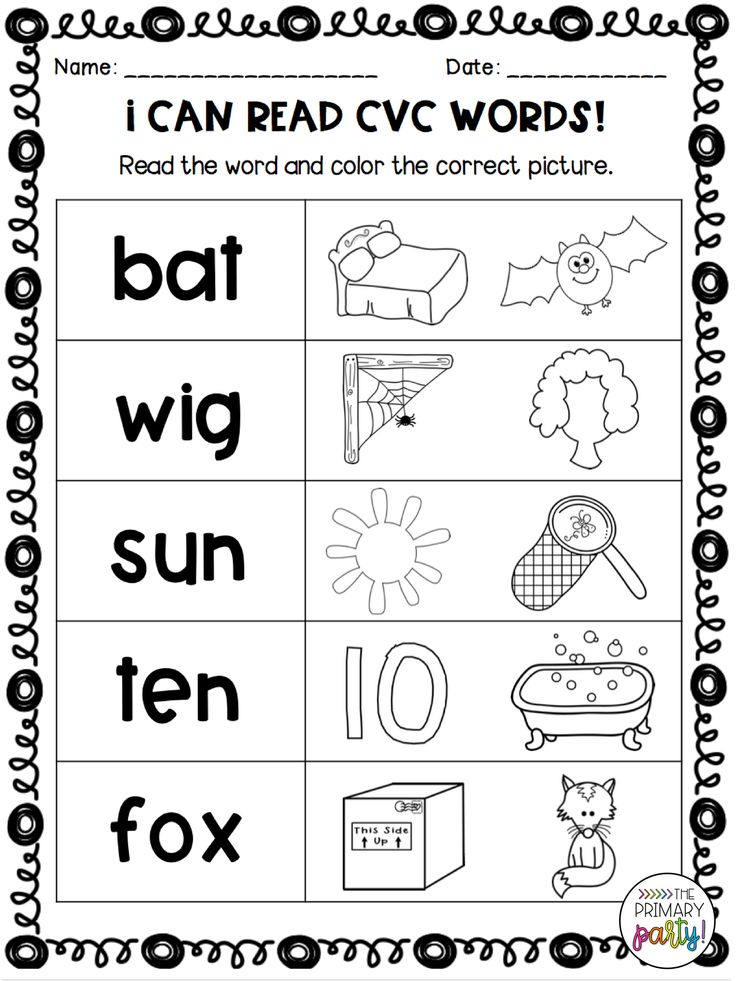 You can put the strips on a ring, too!
You can put the strips on a ring, too!
A few of the words in the freebie may be unknown to students, so make sure to talk about what they mean, as well.
Grab the vowel fluency strips HERE!
Activity #5: Short or Long?
As I mentioned at the beginning of the post, students tend to experience vowel confusion once they start learning long vowel sounds.
It’s important to go back and review short vowel sounds (and contrast them to the long sounds). Word sorts and picture sorts are great for this. Another fun, simple activity is a game we play called “Short or Long?”
You say a word (or even just a vowel sound), and students have to call out the vowel sound and whether it is long or short (i.e., “Long A!”).
If you have Slinkys or rubber bands, students can stretch or contract them as they call out the vowel sound (i.e. stretching the rubber band long for a long vowel sound).
If you’re working in a larger group setting, you may want to have students write on a whiteboard rather than call out their answer.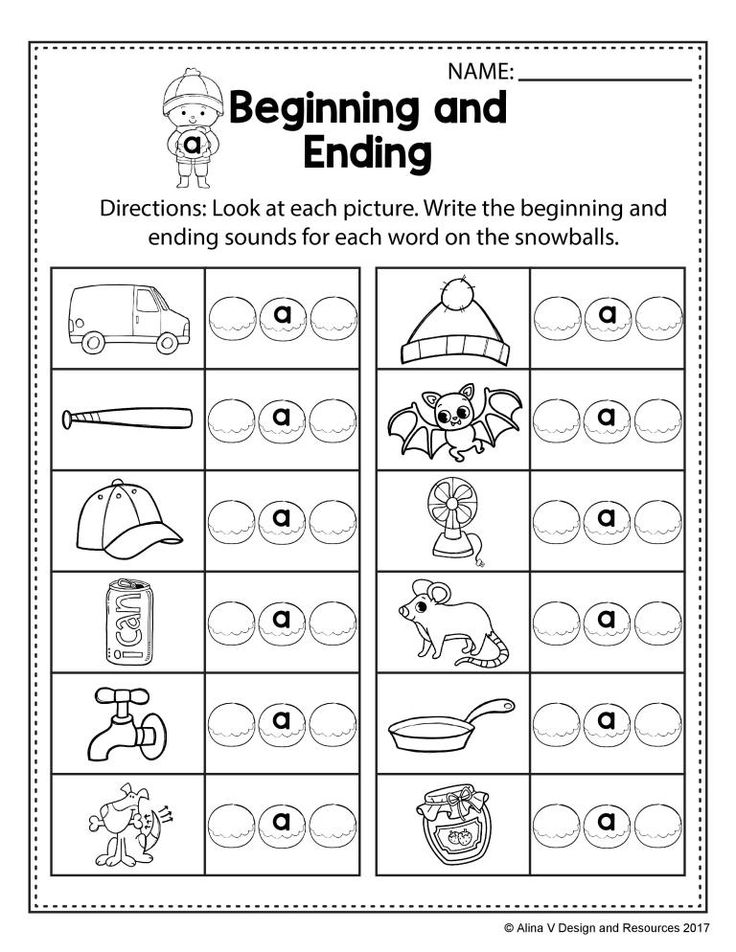
Need More Phonics Activities?
I hope these ideas were helpful to you!! A couple more ideas (I know, I know, I only said 5 but I can’t help myself!) Check out my no-prep phonics games for Kindergarten and 1st grade. There’s a specific set for each of those grades geared towards CVC words.
Kindergarten No-Prep CVC Games1st Grade No-Prep CVC Games
Other products for CVC words would be the Kindergarten Decodable Readers for CVC words (Set 1 and Set 2) and the 1st Grade Decodable Readers for CVC words. Options are endless!
I also have one more bonus freebie for you – customizable word work games to help your students practice short vowel words or any other words of your choice!
There are many more activities for short vowels and other skills in my phonics program, From Sounds to Spelling.
From Sounds to Spelling is a comprehensive program that addresses:
- Phonological awareness
- Phonics – including decoding and spelling
- High frequency words
- Handwriting
The program includes:
- Complete lesson plans
- Games and activities for students (i.
 e. for independent work or small group)
e. for independent work or small group) - Decodable texts
- Phonics posters
- Leveled materials for differentiation
To learn more about this Kindergarten, 1st grade, and 2nd grade phonics program, click on the image below:
Happy teaching!
Vowels. | Plan-outline of a lesson in teaching literacy (preparatory group) on the topic:
Vowels.
OBJECTIVES:
Educational: to consolidate a minimum of concepts about vowel sounds and letters;
- develop the ability to analyze the sound composition;
- perform sound-letter analysis; practice writing vowels.
Developing:
- develop thinking through analysis, generalization, reasoning;
- to develop the ability to use the knowledge acquired earlier;
Educational:
- to educate children in kindness, responsiveness, a sense of collectivism, mutual assistance, respect for the opinions of others.
EQUIPMENT: Petrushka doll, demonstration letters A, O, U, Y, E, I, E, Yo, Yu, Z, work cards for each child.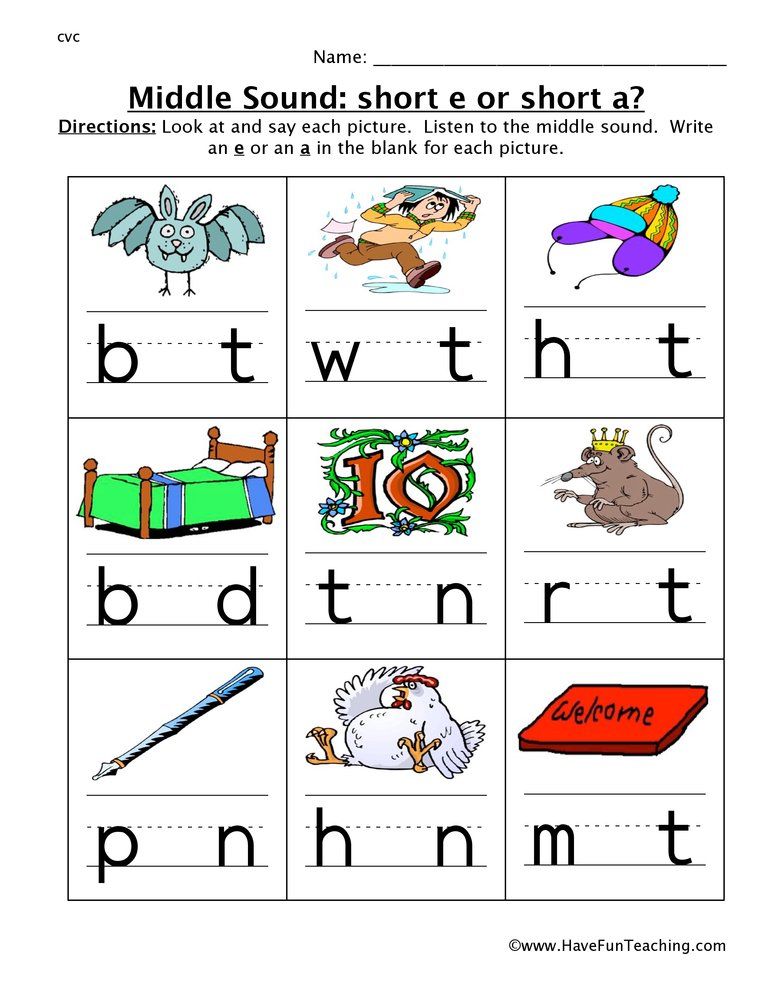
Sound-letter analysis of the word.
Guess who came to visit us today!
He is a cheerful mischief-maker,
A bully and a joker.
In a bright red cap,
On the artist's hand.
Balagan jester, toy,
And his name is ... (Petrushka)
He is a dancer, he is a singer,
He is a cheerful talker.
He is a funny toy,
And his name is ... (Petrushka)
- Petrushka!
- His name consists of 8 letters, they are hidden on this strip.
- What sounds does the name of this funny little man consist of? Name the sounds in turn and put dots in the corresponding cells.
Parsley: Hello, guys, oh, but we haven't met!
- Yes, Petrushka, there are other guys in front of you now, those with whom you know are already studying at school.
Look, and they already recognize many letters.
Physical culture pause:
Fly, fly petal, wave your hands
Through the west to the east,
Through the north, through the south, turn around, turn around 9013!
Fly, fly petal, wave your hands
Across the west to the east,
As soon as you touch the Earth, they squat
Be, in my opinion, led! bouncing
Help the kids get into the land of sounds and letters!
Vowels.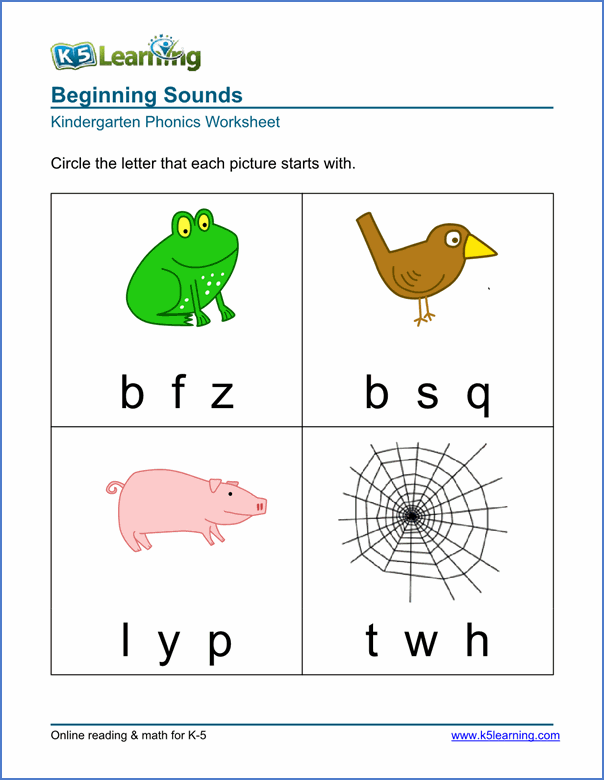
They are in a hurry to see you now,
Glorious sisters,
They ask all the guys
to make friends with them.
Children read the letters on the blackboard. A, O, U, S, E, I, E, E, Yu, Z
Parsley: I can read too! (reads)
Guys, is it easy to read them? (yeah)
- We can sing the sounds indicated by these letters!
Sprinkle ... a..a..a ..
U..u..u ..
o..o..o ..
- When we sing these sounds, do our tongues, lips, teeth interfere with us? (no)
Air flows freely through the mouth,
There are no different obstacles,
The voice participates, the voice calls,
The sound is obtained ... (vowel)
- These are vowels, they consist of a voice.
Vowels stretch in a ringing song,
They can cry and scream,
They can cradle a child in a crib,
But they don't want to creak and grumble. (Berestov)
- And here, try to sing the sound [D]. No, it doesn’t work, teeth and tongue interfere.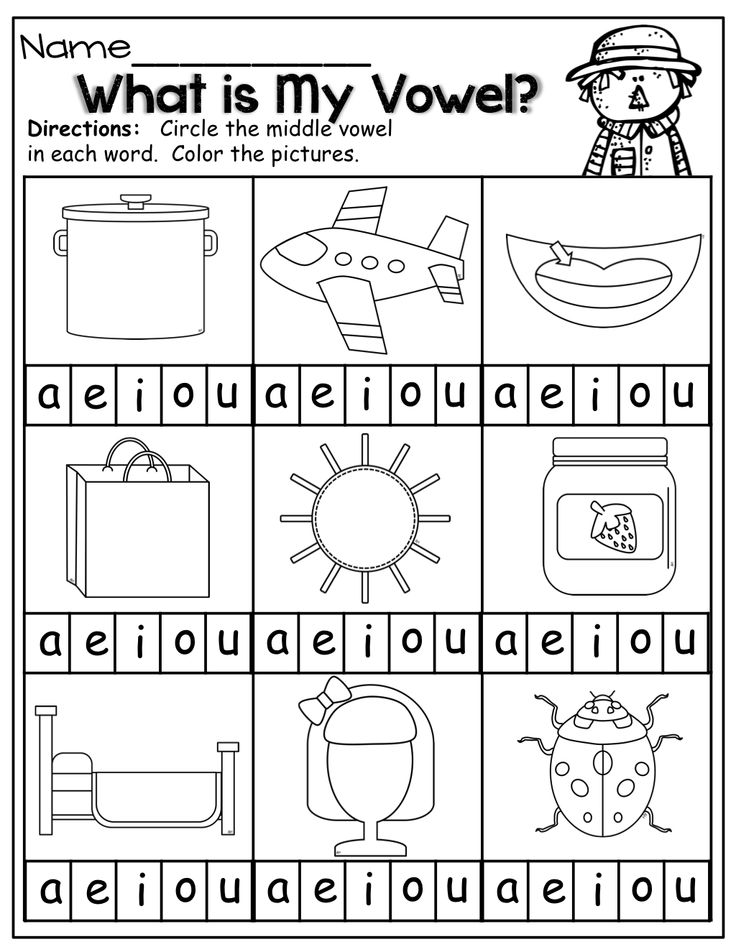
- Name the vowel sounds in the word Petrushka. Mark with a red pencil the cells that correspond to these sounds.
Learning to write vowels.
Parsley: Can you write vowels?
But I'm still not very good at it, let's try together.
Rolling a pencil across a tabletop.
Pick up a pencil. Put it on the table. Roll your pencil across the table.
I will sway, right and right-as I want.
Rolling a pencil between the palms.
Place the pencil on one palm, cover it with the other. Roll the pencil between your palms, slowly at first and then faster, from your fingertips to your wrists. Now try to do it with two pencils at once. Happened?
Clenching a pencil in a fist.
Take a pencil and squeeze it into a fist. Now squeeze in the other hand.
I squeeze the pencil. And I'll change hands.
- Now, Petrushka, the guys will try and write wonderful letters!
Do you remember how to write letters? The same height.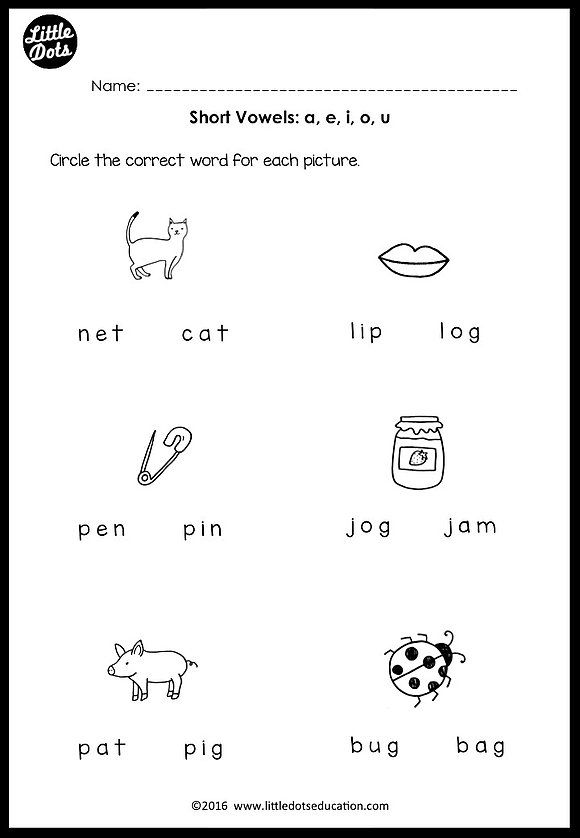
Own leaflet on the table
I'll lay down with an inclination.
I, friends, will not hide from you:
I am holding the pen like this!
I won't bend down straight,
I'll get to work!
Children write letters on pieces of paper.
Summary of the lesson.
Among the inhabitants of the Land of Sounds, which we visited today, there are sounds that sing. - What kind? (vowels) . . . . . . . . . . . . . . . . . - What are the vowel sounds?
Vowels-BEAUTIFUL project – Kindergarten and child
Author — V.V. Tarakannikov.
Observations of the relationship between parents and children led me to the idea that parents do not fully understand the speech problems of their children and therefore do not pay them due attention. This was precisely the motive for the creation and implementation of the project "Vowels are beautiful".
The project participants were children of the preparatory group (6-7 years old) with severe speech disorders, their parents, a speech therapist teacher.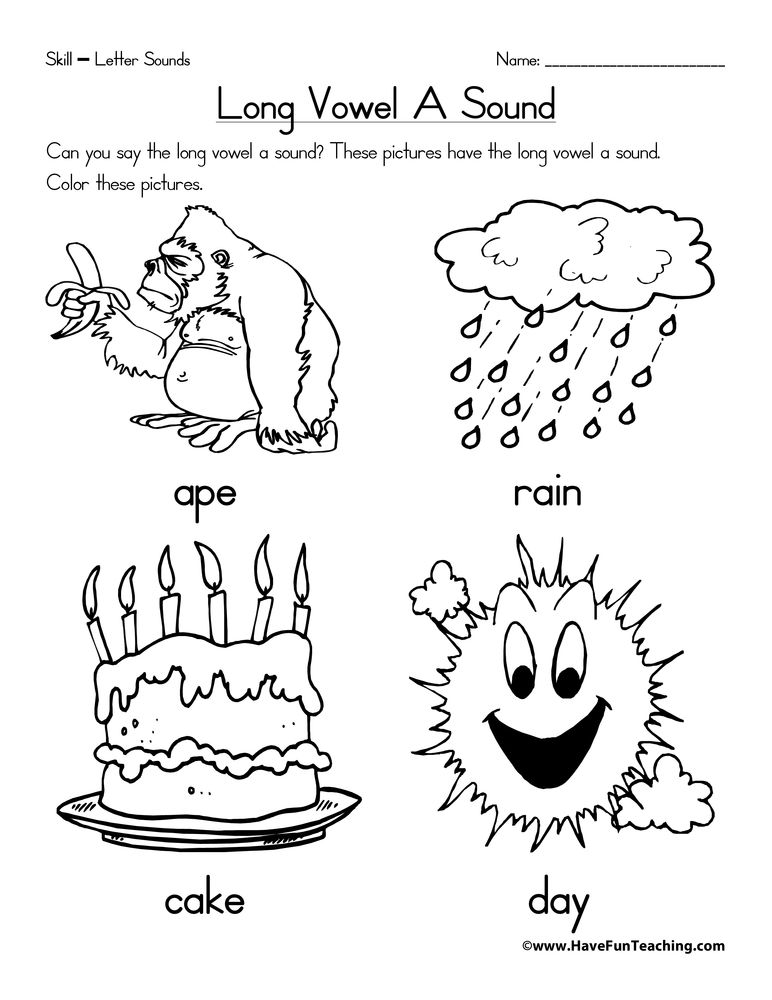
The project is aimed at the social, communicative and speech development of children. It is of a short-term nature - the project of the week. The problem made it possible to determine the following goals and objectives of the project.
Objectives:
- To draw parents' attention to children's speech problems.
- Show some options for helping children in joint activities of parents and children.
Tasks:
- To unite parent-child relationships through joint activities.
- To consolidate children's knowledge of vowels, their articulation and sound.
- Develop phonemic hearing, perception, creative imagination on the material of vowel sounds.
- Improve the skill of sound-syllabic analysis and synthesis.
- Fix the images of vowels.
- To form the ability to be creative in speech activity, independently control pronunciation.
- Cultivate kindness, the ability to listen to the end of the answers of others.
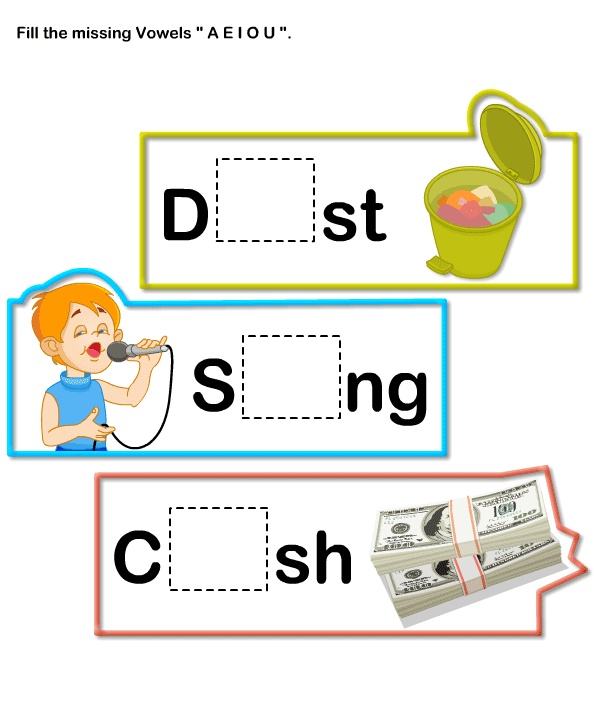
Activities carried out during the implementation of the project:
- Competition "Funny poems about vowels"
- Exhibition of works by children and parents "They are all different, but they are all vowels"
- Speech therapy game-journey "Visiting Write-Read".
- A selection of poems about vowels "We read ourselves"
- Handmade album "They are all vowels"
Project creation steps:
Preparatory step:
- work planning;
- selection of methodological material;
- selection of games and materials for the productive stage.
Main stage:
- holding the contest "Funny poems about vowels";
- creation of a hand-made book "Vowels are beautiful";
- creation of a selection of poems about vowels;
- conducting didactic games to get acquainted with vowel sounds and letters.
Results of the project:
- conducting a speech therapy game-travel "Visiting Write-Reading";
- edition of the handmade book “Vowels are beautiful”;
- design of the exhibition of works by parents with children “They are so different, but they are all vowels”;
- album of poems about vowels.
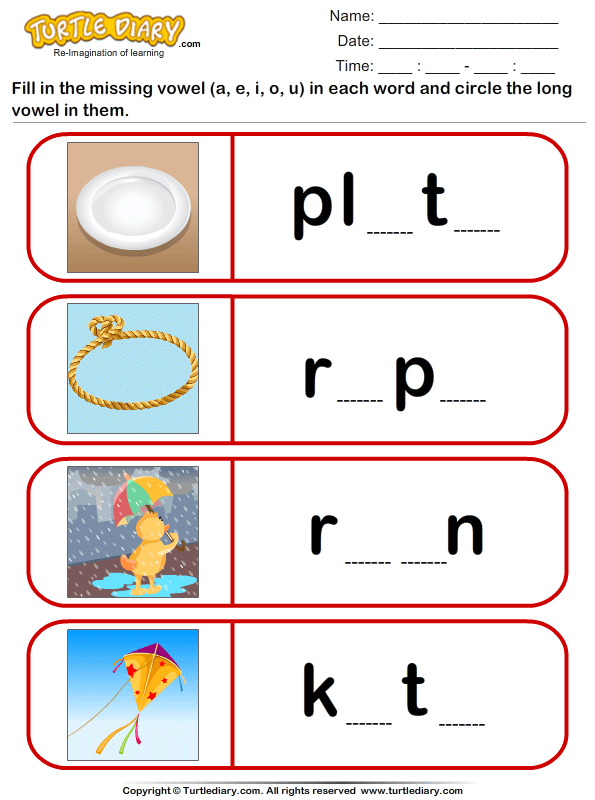
Three days of the week were devoted to generalization and consolidation of knowledge about vowel sounds and letters in various didactic games and exercises. Each of these days was assigned to two sounds and letters: Monday - A, E, Tuesday - O, U, Thursday - I, Y. Wednesday organized an exhibition of vowels made from various materials by children and parents “They are so different, but they are all vowels” . None of the letters looked like the other. Parents with children clearly showed their creative abilities: there were letters made of foam plastic, computer disks, plumbing parts, puzzles and many other materials. Each of the children told what the letter was made of, with whom it was made and how.
Conducted reading competition "Funny poems about vowels" . Children chose hats with letters about which they read poems. Some of the children recited the verses that were learned in the classroom, some picked up and learned funny verses about vowels with their parents.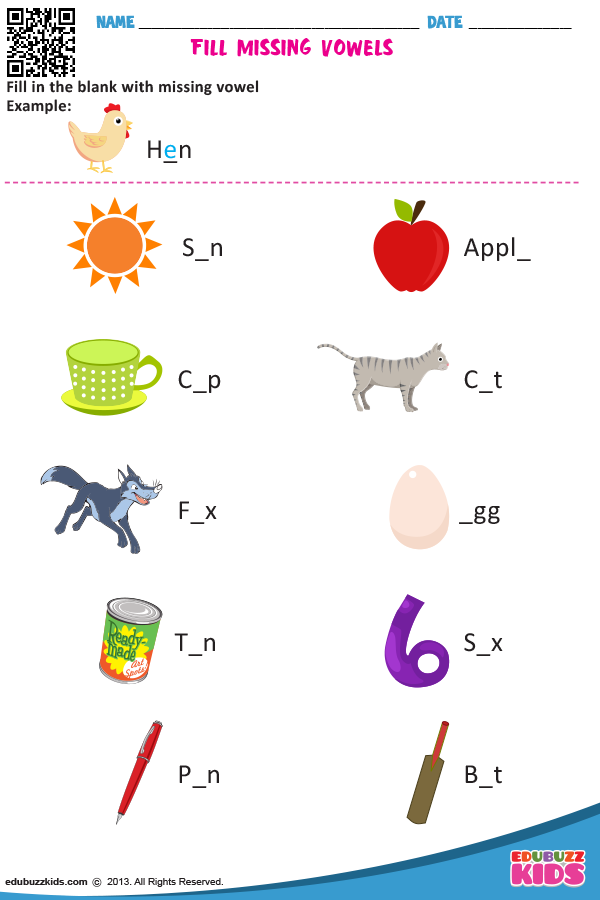 After the competition, a selection (card index) of poems about vowels was created (see Appendix 1), designed together with the children in the form of a hand-made book. Parents were invited to the exhibition and competition, who were able to look at their children from the outside, listen to their speech, and notice the problems of their children.
After the competition, a selection (card index) of poems about vowels was created (see Appendix 1), designed together with the children in the form of a hand-made book. Parents were invited to the exhibition and competition, who were able to look at their children from the outside, listen to their speech, and notice the problems of their children.
On Friday, speech therapy game-journey was held using the multimedia presentation "Visiting Write-Reading" , which was the result of the project. During the journey through the Land of Vowels, children with great pleasure completed the Write-Read tasks aimed at forming the phonetic-phonemic side of speech and teaching literacy. Parents who were able to take part in the game-journey saw how, with the help of various didactic games, to help their children overcome speech problems and prepare them for successful schooling.
After the game-travel, some of them noted that most of the games they can play with children on truancy, on the way to kindergarten, in transport (see Appendix 2).
Monday
- Didactic games and game exercises aimed at forming the phonetic-phonemic side of speech and teaching literacy "It's fun to play together."
- Sounds and letters A, E. Making a hand-made album "They are all vowels"
Tuesday:
- Didactic games and game exercises aimed at forming the phonetic-phonemic side of speech and teaching literacy "It's fun to play together."
- Sounds and letters O, U. Making a hand-made album "They are all vowels"
Wednesday:
- Exhibition of works by children and parents “They are all different, but they are all vowels” (3D models of letters).
- Reading competition "Funny poems about vowels".
- Creation of a card index of poems about vowels.
Thursday:
- Didactic games and game exercises aimed at forming the phonetic and phonemic side of speech and teaching literacy "It's fun to play together.
 "
" - Sounds and letters Y, I. Making a hand-made album "They are all vowels".
Friday:
- Speech therapy game-journey "Visiting Write-Read" using a multimedia presentation.
Thus, the short-term project achieved its main goals: parents saw the problems of their children, got the opportunity to see games and game exercises aimed at overcoming them, and showed a desire to use them.
Appendix 1: Card file of verses about vowels
Here are two pillars obliquely,
And between them is a belt.
Do you know this letter? BUT?
The letter "A" is in front of you.
S. Marshak
The letter "A" is the head of everything,
She looks solid,
Because the letter "A"
Starts the alphabet!
A. Shibaev
This letter has no corner,
That is why it is round.
She was so round -
She could roll.
E. Tarlapan
Above the meadows in the blue
The letter "E" flies.
This is a swallow in spring
Returning home.
V. Stepanov
Here is a zigzag letter "I" -
Like lightning, look.
Ira did not play games,
Ira searched for "I" in words.
S. Ivanov
Early in the morning by the river
Fishermen are fishing.
If the catch is not nonsense,
There will be a delicious fish soup.
L. Slutskaya
"Hey-gey!" the screamer screams.
The tongue sticks out of the mouth.
G. Vieru
The letter "Y" will not be at the beginning,
But you and we met
The letter that, tearing off the mushroom
And sliding on fast skis.
A. Manfisch
Look at the wheel -
And you will see the letter "O".
A. Shibaev
"A" stands like a ladder
In front of the entrance to the alphabet.
G. Vieru
A stork carrying scarlet in a string bag:
Alphabet for Anya and Alla,
Lampshade, album - for Alisa,
Cherry plum, watermelon - for Anfisa.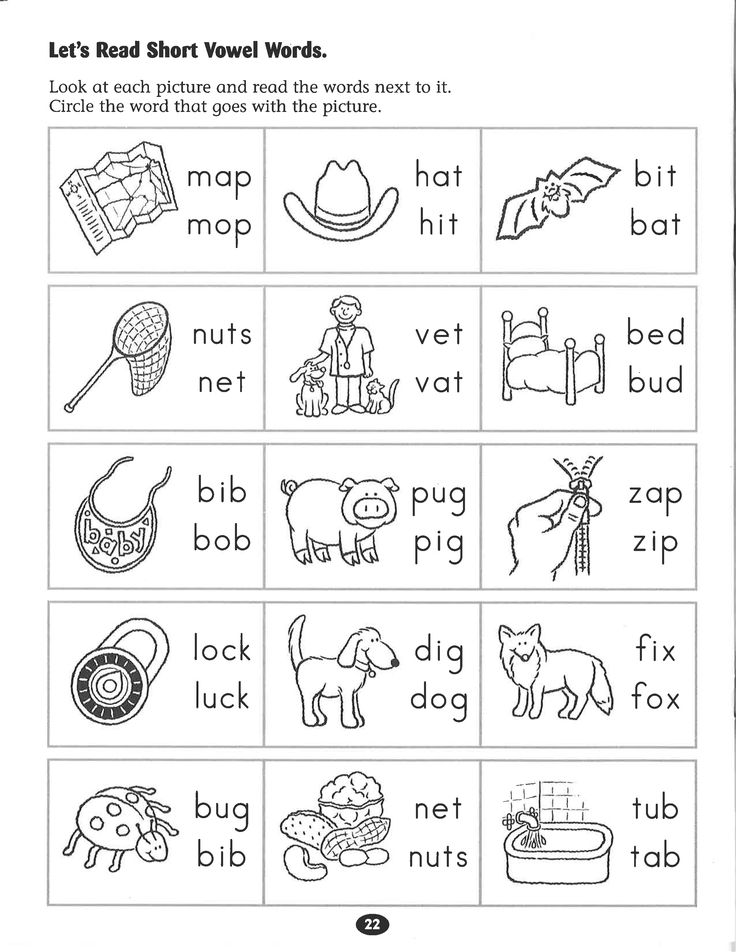
T. Marshallova
Look at the gate:
How is it not the letter “I”?
Between two straight boards
One lay down obliquely.
But the letter "Y" is walking.
Without "Y" you will not learn.
Here is an axe.
A log nearby.
It turned out what we needed:
The letter "Y" turned out -
We all need to know it.
V. Stepanov
The letter "E" on the "C" marvels,
As if looking in a mirror.
There is a resemblance for sure,
Only there is no language!
A. Shibaev
Appendix 2: Synopsis of a speech therapy game-travel using the multimedia presentation "Visiting Write-Reading"
Purpose: to form the phonetic-phonemic side of children's speech.
Tasks:
- Strengthen children's knowledge about vowel sounds, their articulation and sound.
- Develop phonemic hearing, perception, creative imagination on the material of vowel sounds.
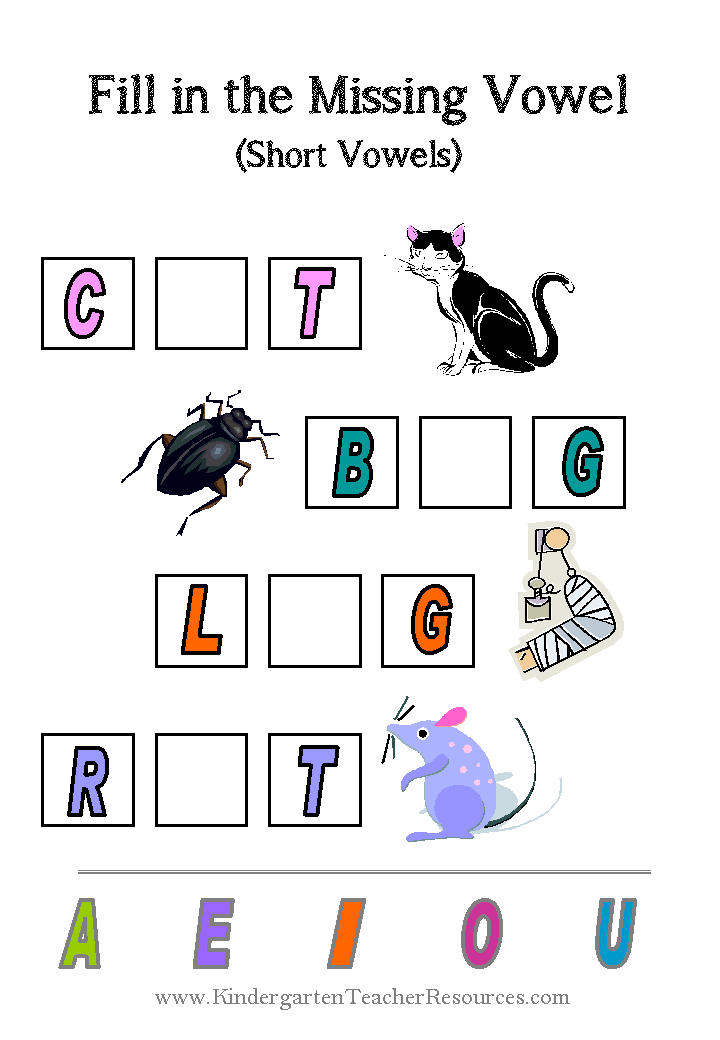
- Improve the skill of sound-syllabic analysis and synthesis.
- Fix the images of vowels.
- To form the ability to be creative in speech activity, independently control pronunciation.
- Cultivate kindness, the ability to listen to the end of the answers of others.
Materials and equipment:
- Vowel Country map,
- multimedia presentation "Visiting Write-Reading" and equipment for its demonstration;
- vowels attached to the card;
- vowel-shaped buns for a surprise;
- "magic bag" with letters, sticks and hoops, sheets with three-letter words with missing vowels.
Plan for a speech therapy game-journey
1. Creating a motivating situation
— Guys, today I received a video letter. Let's see it.
Message Write-Read: “Evil and harmful Misprint decided to harm everyone. She erased all vowels from the map of the Land of Vowels, but how can you read and write without vowels? Try it.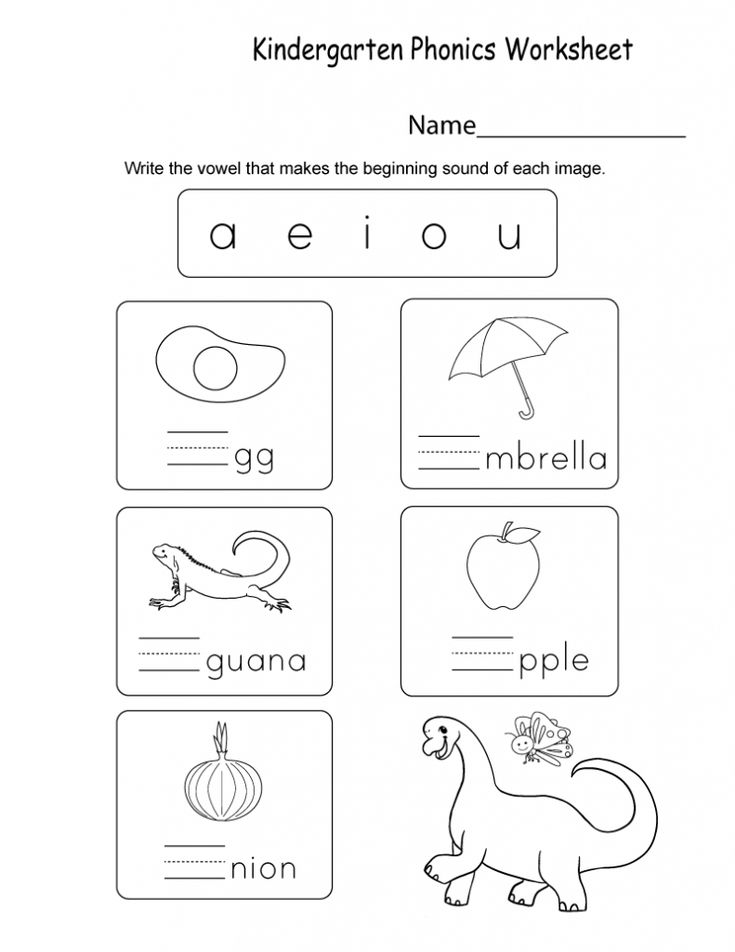 Happened? No. Help me find the vowels and restore the map of the Land of Vowels."
Happened? No. Help me find the vowels and restore the map of the Land of Vowels."
Write-Read: “In order to return the vowels, you need to complete tasks. If the task is completed correctly, the vowel returns to our map.
During the game, children complete Write-Read tasks, get vowels and attach them to the map of the Land of Vowels
Slide 1. Write-Read Song.
Slide 2. Write-Read Appeal for help.
Slide 3. Words with missing letters: m ... k, k ... t, l ... s.
Slide 4. Map of the Country of vowels without vowels
2. The game "Believe it or not"
Answers to questions. Questions for children:
- Do you believe that we hear and pronounce sounds?
- Do you believe that we write and see letters?
Do you believe that vowel sounds are blocked?
— Do you believe that the letter "O" stands for one sound [o]?
Do you believe that there is no vowel in the word "bow"?
— Do you believe that vowel sounds are not obstructed?
— Do you believe that there is a word that begins with a vowel sound [ы]?
Questions for parents and teachers present:
— Do you believe that there are 6 vowels in Russian?
- Do you believe that there are 10 vowels in Russian?
- Do you believe that the word "Christmas tree" has two vowels - [o] and [a]?
- Do you believe that the word "yula" has two vowels - [yu] and [a]?
— Well done! Attach the letter "A" to the card
3.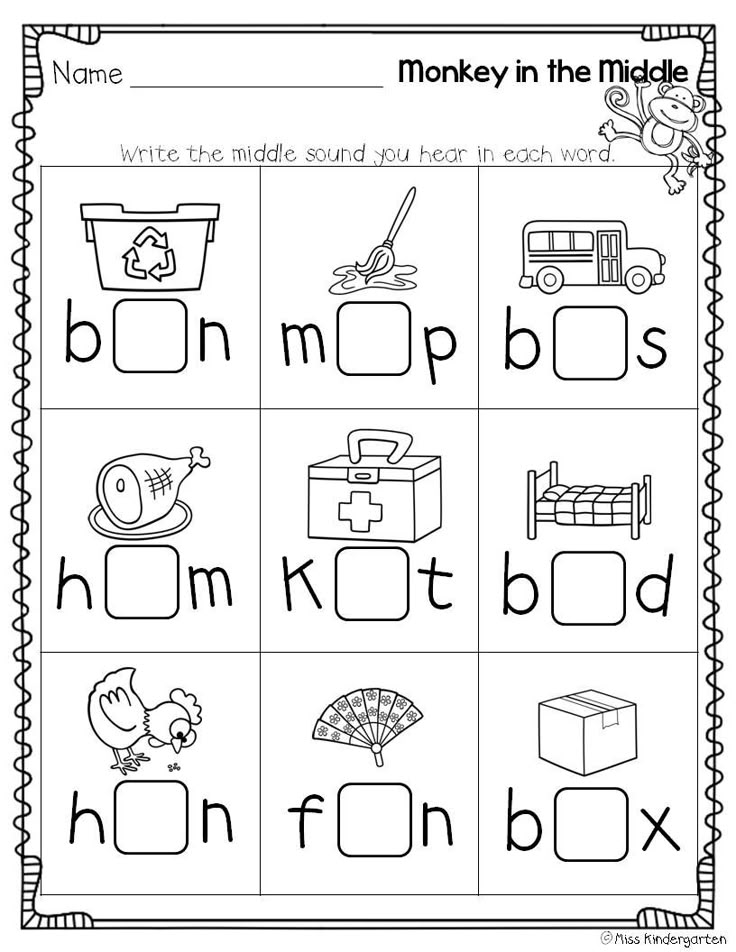 The game "Live sounds"
The game "Live sounds"
- Replace the vowel "Y" in the word "bull" with "O". What word came out?
Further - by analogy.
Bull - side - tank - beech.
Smoke - house.
Echo-ear (Etc.)
— Well done, another task completed! This is the letter "O". Attach it to the card
4. Game "Magic bag" with vowels
Recognition of vowels by touch and selection of words that will be written with this letter.
- Well done. That's what the typo hid. Attach the letter "j".
5. Dynamic pause Game “The letter worries…” to the music
The letter worries — one,
The letter worries — two,
The letter is worried - three,
The letter "O" is in place - freeze!
Slide 5. Cheerful music sounds
6. The game "Confusion"
Selection of words with a given sound in a given position.
- Find the flowers, in the name of which the sound [a] would be at the beginning of the word.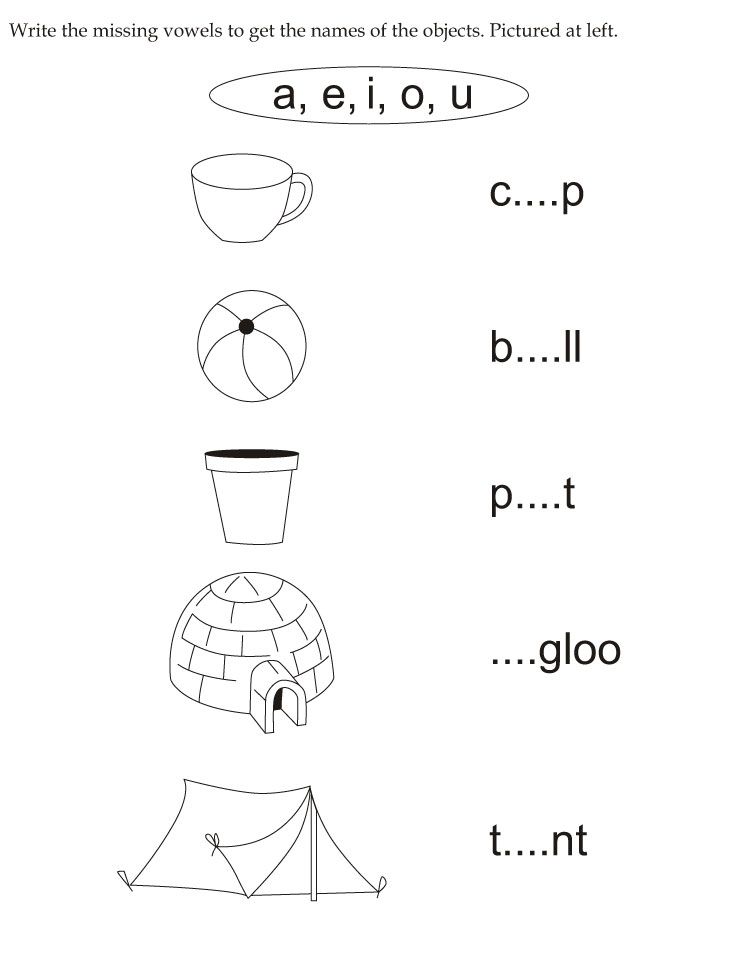 (Astra.)
(Astra.)
- The sound [a] would be in second place. (Mak.)
- Find flowers in the name of which the sound [o] would be in second place. (Roses.)
- A picture of an animal, in the name of which the sound [o] is in second place. (Cat.)
- Find a picture of a poultry, in the name of which the sound [y] would be at the beginning of the word. (Duck.)
- The sound [y] would be in second place. (Goose.)
- A picture of a tree, in the name of which the sound [y] is in second place. (Oak)
- A picture depicting an insect, in the name of which the sound [y] is in second place. (Beetle.)
- A picture depicting a poultry, in the name of which the sound [and] comes first. (Turkey.)
- Find a picture of flowers, in the name of which the sound [and] would be at the beginning of the word. (Iris)
— Well done, and you did it! Here is the last letter from our map - "Y". Attach it to the card
Slide 6. Images: aster, poppy, irises, roses, cat, duck, goose, oak, beetle, turkey, Christmas tree, cactus, duck
7.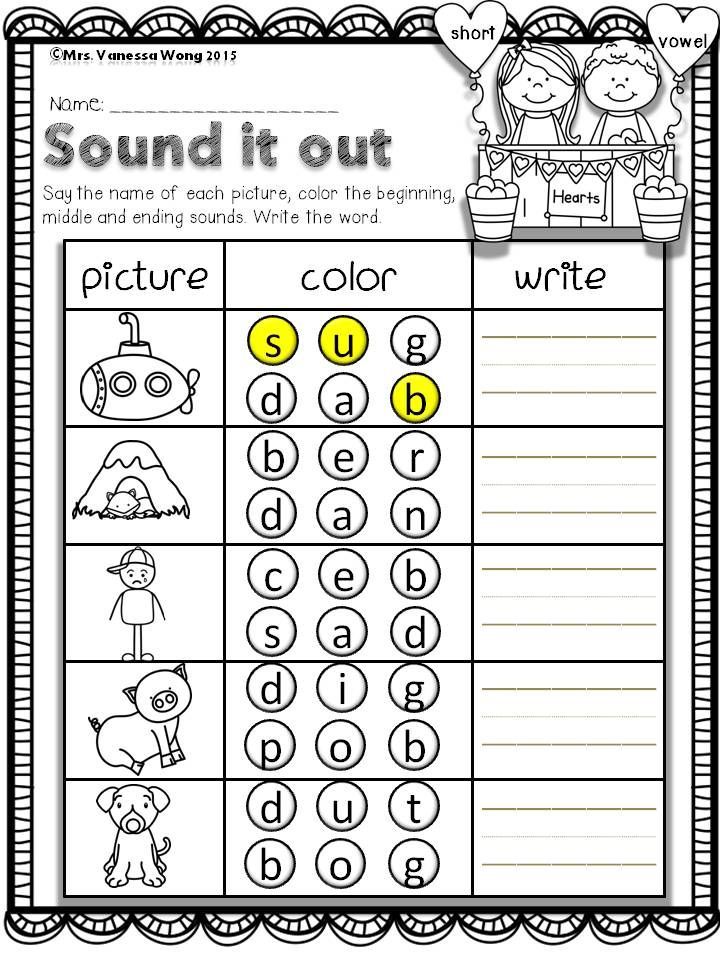 Cure words game
Cure words game
— Guys, the typo took away the vowels, but we have already found some of them and we can cure the words. You can cure them if you insert a vowel instead of dots, so that you get a word.
M…k, s…k, k…st, t…rt, l…s, s…l, etc.
Suggest some words to adults (“Help from the audience”).
— You did well with this task. Here is the letter "I"
8. Laying out vowels from physical culture sticks and hoops
- What did this Typo do! I dismantled all the letters into sticks and circles. Recall what vowels can be assembled from these parts. Collect. Here is the "E". Attach it to the card
9. Summing up the game. Surprise moment
Write-Read: “You have collected all the letters on the map of the Land of Vowels. Misprint failed to harm you. Again, all the vowels are with you! And we will lock Typo in her castle so that she no longer harms. Take a close look at what's new in the group?
- Here is the surprise Write-Read. What do these buns look like? (For vowels)
What do these buns look like? (For vowels)
Slide 7. Map of the Country of vowels with all letters.
Slide 8. Gratitude Write while reading. Information about the surprise
Literature:
1. Programs of preschool educational institutions of a compensatory type for children with speech disorders. Correction of speech disorders / Filicheva T. B., Chirkina G. V., Tumanova T. V. - M., 2010.
., Golubeva G. G. and others; Ed. prof. L. V. Lopatina. - St. Petersburg:, 2009.
3. Konovalenko VV, Konovalenko SV Frontal speech therapy classes in the preparatory group for children with phonetic phonemic underdevelopment. A guide for speech therapists. - M., 1998.
4. Paramonova L. G. Poems for the development of speech. - SPb., 1998.
5. Tkachenko T. A. In the first class - without speech defects: Methodological guide. - SPb., 1999.
6. Filicheva T. B., Chirkina G. V. Elimination of general underdevelopment of speech in preschool children: a practical guide.